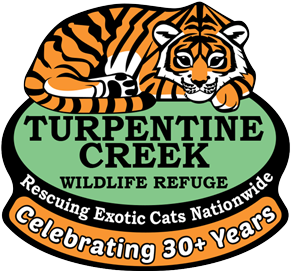When A Facility Closes, Where Do The Animals Go?
September 4, 2019
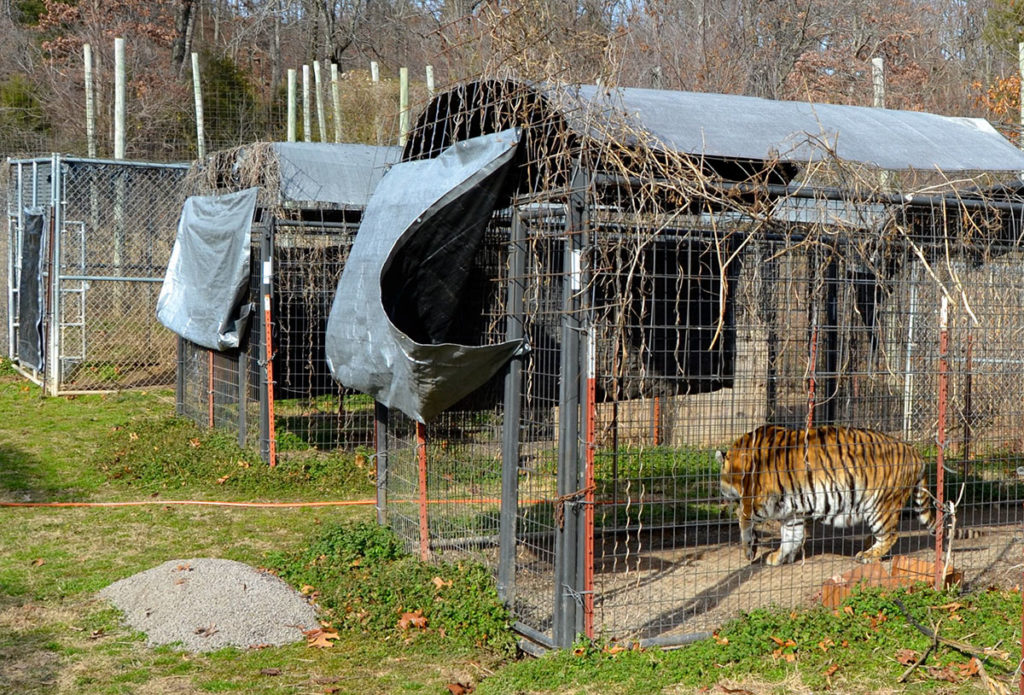 With multiple facilities shutting down in recent weeks, we have gotten a lot of questions about why this might happen. As we prepare for the possibility of being called into action for our next rescue effort, we have been looking back at our past rescues and why we were called to help. There is a laundry list of things that can cause an animal establishment to close. Natural disasters, such as fires and storms, financial difficulties, illness of the owner, and court-ordered seizures of animals due to allegations of cruelty are just a few. We discussed some of these reasons in a previous blog post. Once a facility ceases operations, the fate of its animals is left hanging in the air. There is always the hope that they will end up in an ethical location, but that is not always the case.
With multiple facilities shutting down in recent weeks, we have gotten a lot of questions about why this might happen. As we prepare for the possibility of being called into action for our next rescue effort, we have been looking back at our past rescues and why we were called to help. There is a laundry list of things that can cause an animal establishment to close. Natural disasters, such as fires and storms, financial difficulties, illness of the owner, and court-ordered seizures of animals due to allegations of cruelty are just a few. We discussed some of these reasons in a previous blog post. Once a facility ceases operations, the fate of its animals is left hanging in the air. There is always the hope that they will end up in an ethical location, but that is not always the case.
A legal shutdown typically involves state and local authorities. They may conduct a court-ordered seizure of the animals or, such as in the case of Wildlife Waystation in California, may act on the request of the organization to assist with rehoming the creatures. Sometimes another wildlife entity, such as our friends at Tigers in America, are also involved in coordinating rescue efforts and sending displaced animals to proper homes. We have worked with Tigers in America on a number of rescues, including the Colorado Project, during which 115 animals were sent to credible sanctuaries after a pseudo-sanctuary/cub petting operation closed its doors.
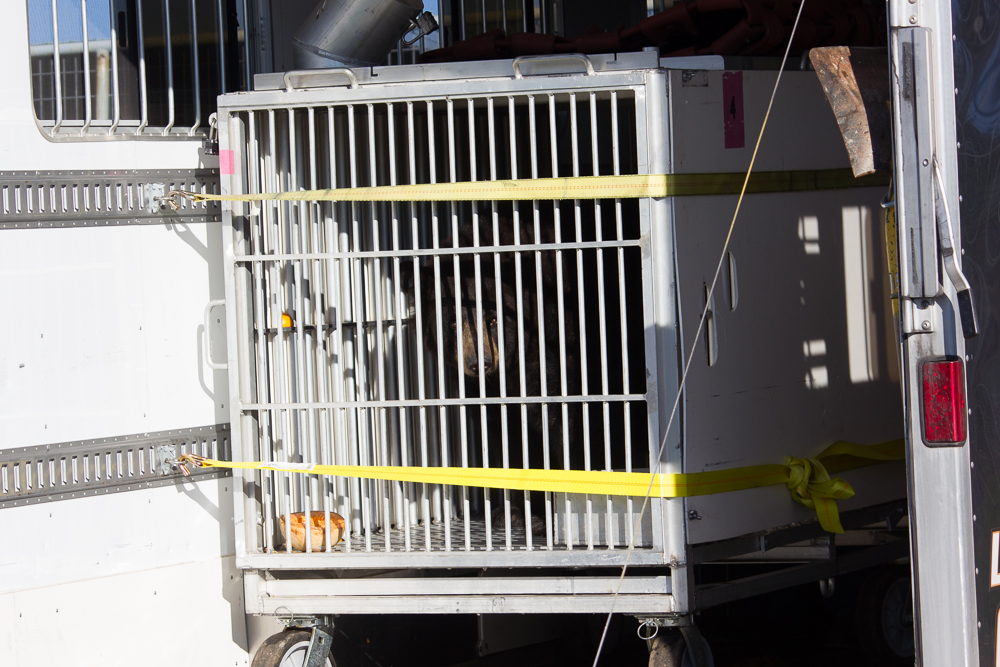 Authorities may reach out directly to a sanctuary, such was the case with our 2012 Mountainburg Rescue when the failing health of a breeding facility’s owner was creating a mounting inability to care for her nearly 30 big cats. The situation was dire, but TCWR did not have readily-available habitats at the time. Thankfully, we had a team of supporters who gave us the ability to construct 20 habitats in 128 days to accommodate the flood of new animal residents in need. This, however, brings to light a heart-sinking though: What happens if all the “good places” are full?
Authorities may reach out directly to a sanctuary, such was the case with our 2012 Mountainburg Rescue when the failing health of a breeding facility’s owner was creating a mounting inability to care for her nearly 30 big cats. The situation was dire, but TCWR did not have readily-available habitats at the time. Thankfully, we had a team of supporters who gave us the ability to construct 20 habitats in 128 days to accommodate the flood of new animal residents in need. This, however, brings to light a heart-sinking though: What happens if all the “good places” are full?
With lax laws and little governing, the Exotic Pet Trade only continues to grow. The number of roadside zoos, pay-to-play schemes, and breeding operations far outweighs the number of true sanctuaries. Sometimes, when one of these places quietly closes its doors without legal intervention, the animals are simply sold or shipped off to another shoddy operation to be exploited. In other cases, the animals may be illegally euthanized. During the Quitman Rescue, we were able to step in before a 56-cat-breeding-population was killed by their owner when financial difficulty and escapes spurred him to give up his enterprise. Once again, this was a large number of big cats that needed a home. We were able to reach out to Tiger Haven in Tennessee, who took in the ones we could not accommodate.
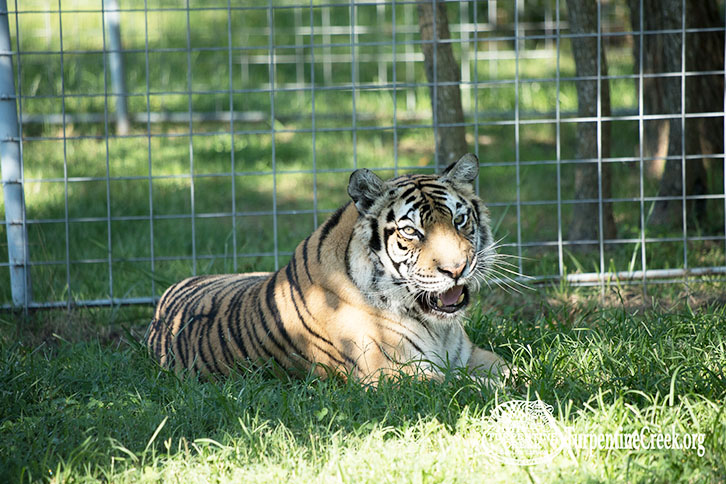 It is our goal to never turn away an animal in need, but sometimes, we rely on our network of true sanctuaries to provide refuge for those we are unable to take. We hope to never see the day where we don’t have the means to grasp an outstretched paw asking for help; we fear a day when the Trade has grown so massive that true sanctuaries simply cannot keep up with the demand for space for its displaced survivors. There are ways you can make sure that day never comes:
It is our goal to never turn away an animal in need, but sometimes, we rely on our network of true sanctuaries to provide refuge for those we are unable to take. We hope to never see the day where we don’t have the means to grasp an outstretched paw asking for help; we fear a day when the Trade has grown so massive that true sanctuaries simply cannot keep up with the demand for space for its displaced survivors. There are ways you can make sure that day never comes:
First, work with us to end the Exotic Pet Trade. H.R. 1380, The Big Cat Public Safety Act, will outlaw cub petting. We hope the loss of the high demand for readily available cubs will be the first step towards its demise. Visit tcwr.org/advocacy to gather information that you can use to educate yourself and others about this vital legislation; you can also enter your information to generate an email to your local congressman asking for their support.
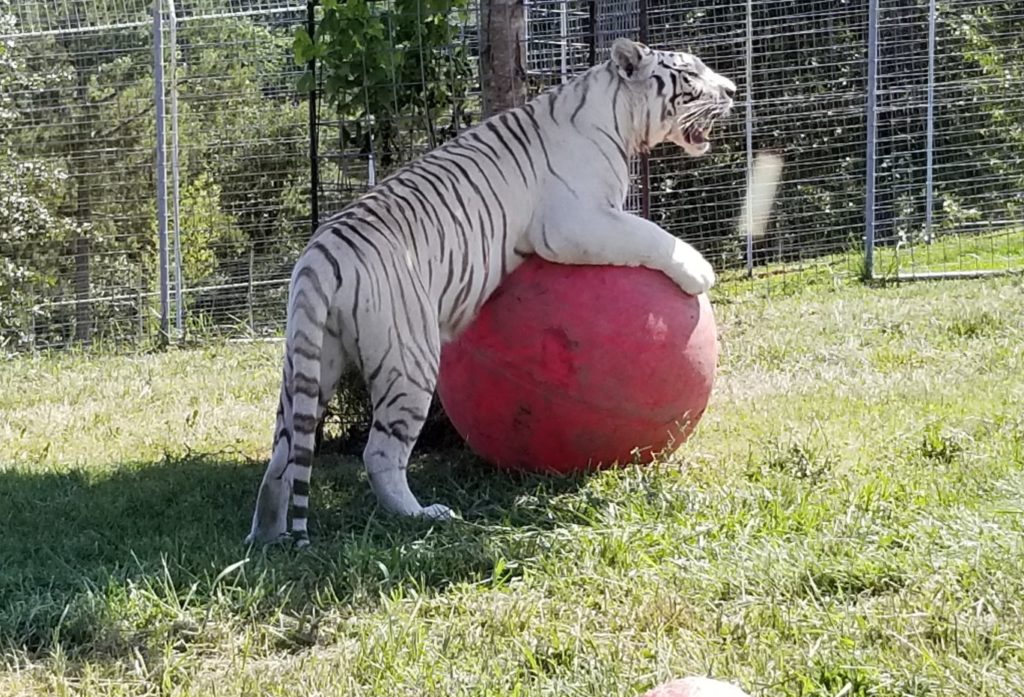 Second, support true sanctuaries. We need your help today to facilitate the many rescues we are involved in every year. Also, when the Trade finally ends, it will leave a multitude of big cats searching for sanctuary. We have to be prepared for whatever comes next. Please consider becoming a monthly donor or yearly member today. Your sustainable support means we will have a steady flow of funds to rely on when we hear the next unexpected cry for help.
Second, support true sanctuaries. We need your help today to facilitate the many rescues we are involved in every year. Also, when the Trade finally ends, it will leave a multitude of big cats searching for sanctuary. We have to be prepared for whatever comes next. Please consider becoming a monthly donor or yearly member today. Your sustainable support means we will have a steady flow of funds to rely on when we hear the next unexpected cry for help.
